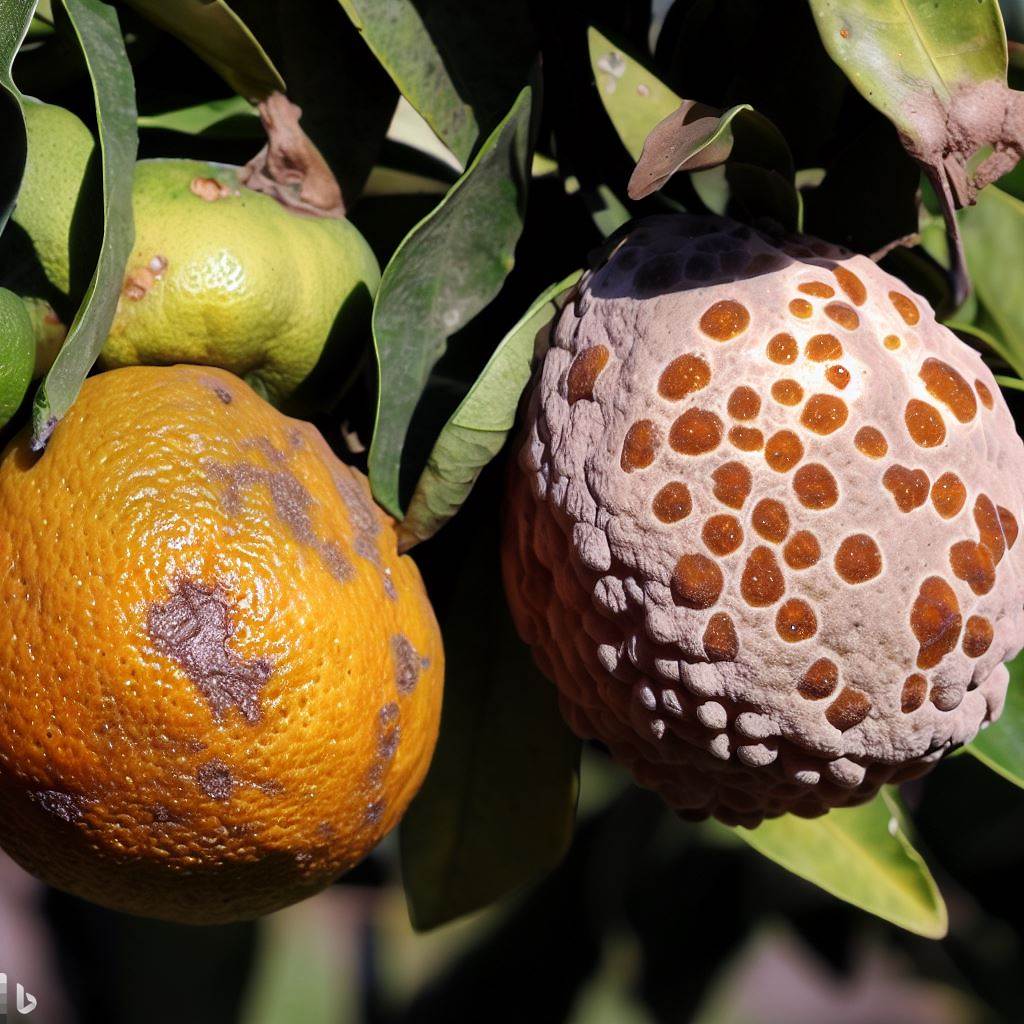
Phytopathogens have always been a barrier to the agricultural industry’s ability to meet rising food demands. Annual crop loss due to plant disease is estimated at $220 billion USD or 14.1% of total crop loss. Crop loss can be caused by biotic organisms such as fungi, viruses, bacteria, and nematodes, as well as abiotic factors such as environmental factors. Phytopathogens infect interspecific plants and pose a significant threat to the global food trade. Antibiotics and copper sprays have been used in existing management programs, which have not only disturbed the microflora, causing their accumulation in the environment but have also facilitated bacterial transformation into multi-drug resistance (MDR) strains. Safer alternatives, such as bacteriophages, have been thought of in order to protect the environment and its contents while lowering the risk of superbug development.
This heavy burden is not lost on phage scientists eager to put their bacteria slayers to the test. Bacteriophages have the potential to be used in a targeted biocontrol approach, where a specific pathogen is eradicated without interfering with the plant’s biosystem. As with any other product used on plants, efficacy, and safety can only be guaranteed after several laboratory and field trials for environmental impact. In some cases, such as bacterial soft rot in calla lily and bacterial wilt in tomato and tobacco, phage therapy has long been reported to be effective.

On the other hand, there are numerous other phytopathogens with untapped potential to be explored for the phytopathogens such as citrus greening of oranges caused by Candidatus liberibacter (transmitted by psyllids) and canker of kiwifruit caused by Pseudomonas syringae pv. actinidiae, which was reported to be controlled by streptomycin and thereby induces resistance. Reportedly, in 2005 the citrus greening hiked the cost of oranges to double in Florida, while 40% of orchards in New Zealand were infected by Pseudomonas syringae.

There is a quest to find a competent alternative approach for the devastating phytopathogens through phage therapy trials.

Recommendations can be laid by high throughput research along with preliminary and final field trials for the efficacy to be employed in the agri-ecosystem by a sustainable approach.
Bacteriophage-based biopesticides for Xanthomonads
Xanthomonas is a gram-negative bacteria belonging to the family Xanthomonadaceae. These are economically important bacteria that are pathogenic to more than 400 plant species. Of several devastating plant diseases caused by xanthomonads, few are a bacterial blight, the most serious disease of rice caused by X. oryzae. Together with pv. oryzicola, the causal agent of bacterial leaf streak, both pathogens frequently represent a limiting factor constraining rice production in tropical and subtropical regions, as mentioned by Niño-Liu Et al (2006). bacterial citrus cancer incited by X. citri subsp, which affects all commercial varieties of citrus. Bananas (all types) are affected by bacterial wilt caused by X. vasicola pv. musacearum and cassava are affected by bacterial wilt caused by X. phaseoli pv. manihotis are two majorly affected crops.
Xanthomonads have a specific plant host-bacterium interaction mechanism which intently can be exploited by the bacteriophages. the infection cycle of xanthomonads includes two phases – epiphytic (in the lesions of fallen leaves and making up 2-7% of soil microbiome) and endophytic (entering the host plant through natural openings (stomata, hydathodes) and wounds), followed by the formation of a biofilm by bacteria to avoid the stress caused by plant’s defense system, hence making it a major virulence factor. Sometimes these bacteria develop persister cells which are a small fraction of metabolically inactive cells to survive in unfavorable conditions inside the plant. Bacteriophages can interact with biofilms of xanthomonads at several points. Yoshikawa et al.isolated the X. citri jumbo bacteriophage XacN1 and showed that the genome of XacN1 encodes potential lytic enzymes such as cell wall hydrolases, C1 family peptidase, M23 family peptidases, lipase, and chitinase. Evidently, bacteriophages can invade the biofilm of the xanthomonads, which not only lets the bacteriophage proliferate in the host but also lets the plant’s defense mechanism work on the invasive species.
So why does this not take place in nature itself?
The answer to this question can be found in the fact that not all bacteriophages cause bacterial lysis all of the time. Most phages alternate between lytic and lysogenic cycles, while others, such as those in the inoviridae (filamentous) group, do not lyse the cells at all, though they have been shown to slow down replication. Bacteriophages are most likely to infect the most abundant host strain, reducing its abundance (“kill the winner” principle). This, in turn, would result in fluctuating host bacteria selections, increasing diversity and strengthening the community’s stability and adaptability.
However, molecular gene design and bacteriophage engineering empower scientists with the ability to design and modify phages based on the application, allowing them to be manipulated to add values and characteristics such as a persistent lytic cycle.
Apparently, bacteriophages can provide us with a shimmering solution for deceased crop yield because of multiple drug-resistant phytopathogens. They provide us an approach to improve not only environmentally, but also socioeconomically.
Limitations of phage application on plants
Unfortunately, using phages in the field remains difficult, despite the fact that many alternatives are still being developed. Phage stability is jeopardized by changes in environmental factors such as temperature, acidity, alkalinity, and salinity of the soil, among others. Because of their structure, which consists of a protein shell and DNA or RNA (Bacteriophage may have either DNA or RNA), bacteriophages lose activity quickly. To build a body of knowledge on bacteriophage stability and the various factors that influence it, phage stabilization mechanisms must be investigated using multidisciplinary approaches such as structural biology, biochemistry, and nanotechnology.
Kindly let me know your query.